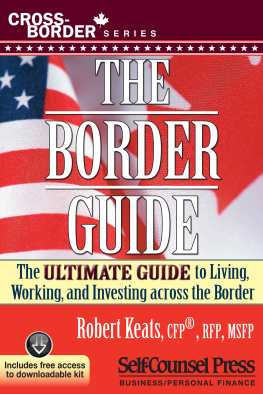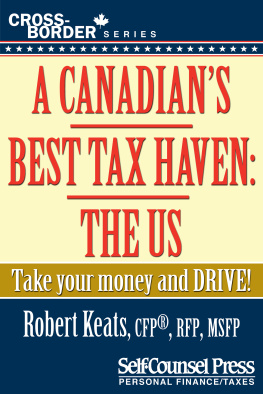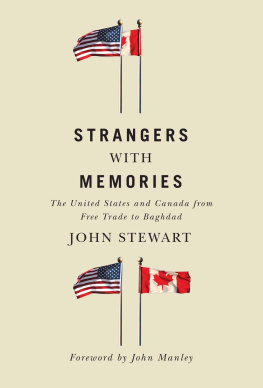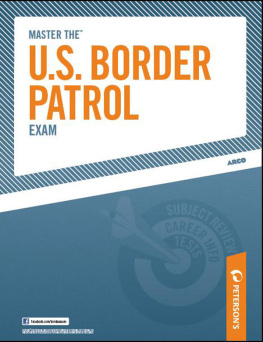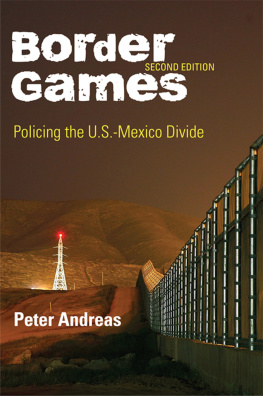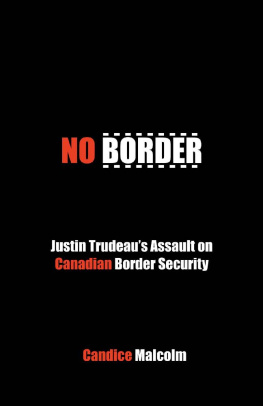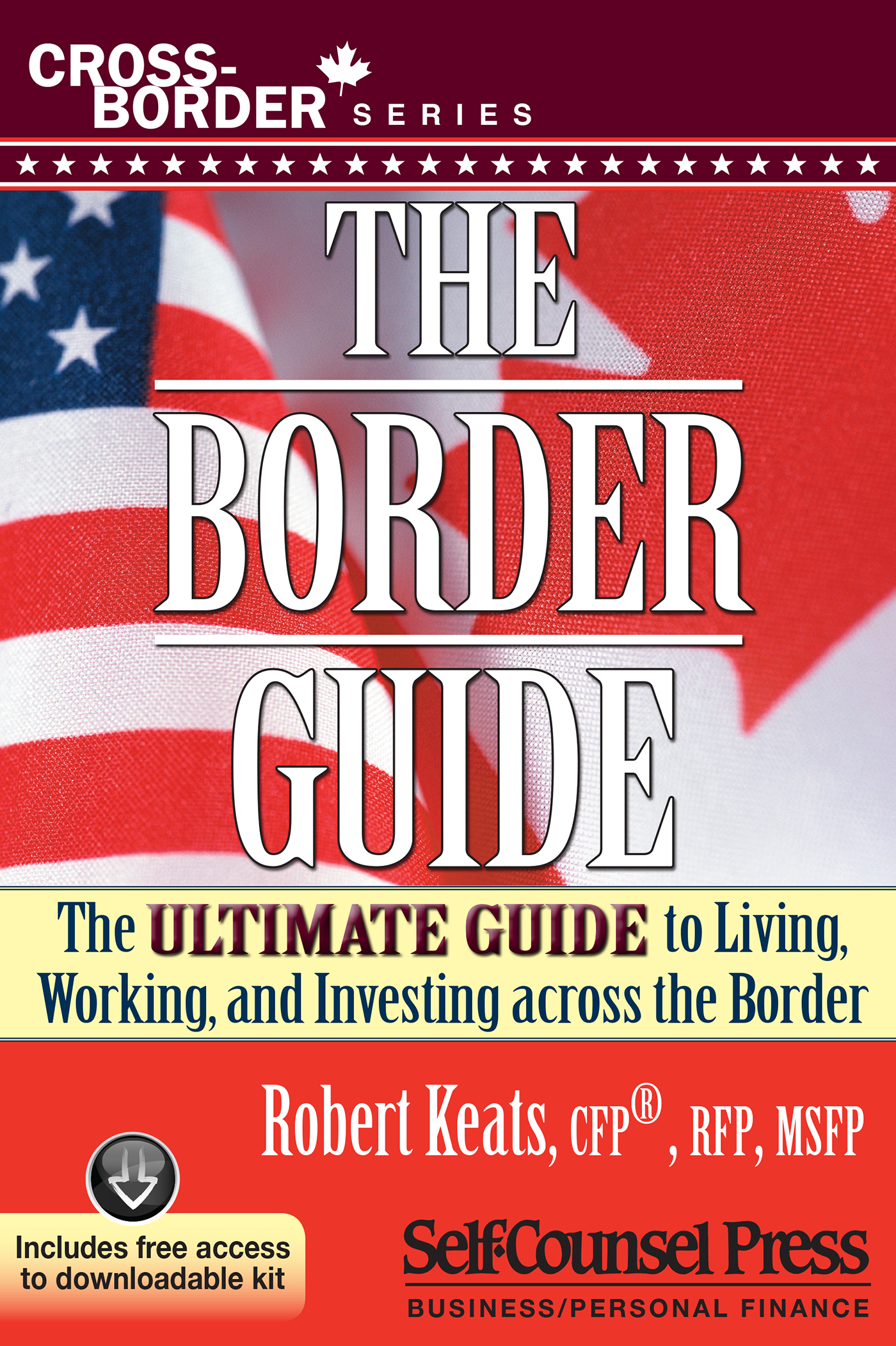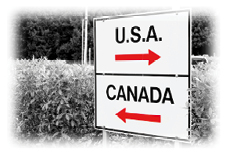Introduction
Because our social and cultural institutions are so similar, many Americans and Canadians feel completely at home on either side of our two nations border. Many incorrectly assume that the laws governing investment, taxation, and immigration are the same as well. Unfortunately, this can lead to some unpleasant surprises, particularly when conducting basic financial transactions such as buying or selling real estate. The US Mexico Canada Agreement (USMCA), the demographic push of baby boomers adopting a cross-border lifestyle or retiring in large numbers to the US Sunbelt, the affordable US real estate, and the relatively lower cost of living and income taxes in the US have only served to fuel the fires of cross-border commerce. Many Canadians migrate to the Sunbelt seeking respite from harsh winters, and many Americans migrate to Canada for the pleasant summers.
The Border Guide is specifically written for both Canadians and Americans, regardless of which kind of cross-border lifestyle they are choosing to live across the 49th parallel. This, the 12th edition of The Border Guide, has been updated and rewritten to allow readers to live the most amazing cross-border lifestyle possible. It is a particularly great resource for Canadians who are considering some form of permanent or seasonal residency in the United States, or who have resided there for employment or other reasons and are contemplating returning to Canada. It will also prove extremely useful for US citizens living in, investing in, or moving to Canada, or those who are married to Canadians. It will be of particular value to Canadians who intend to invest or do business in the United States, even if their financial curiosity is limited to an occasional shopping trip or vacation. Whatever your interest, the information contained in these pages will help you to transact your cross-border business affairs with competence and confidence. It is the only step-by-step guide for people who want to understand and take advantage of American and Canadian tax, financial, and medical institutions. It will also show you how to avoid many of the common pitfalls of having assets and spending extended periods of time in both countries.
Chapters 1 through 7 deal primarily with Canadians visiting and investing in the US, and Chapters 8 to 11 address Canadians moving and immigrating to the US. Although many of the issues discussed in these chapters are not relevant to Americans immigrating to or investing in Canada, Americans face many similar cross-border issues when they move north. I therefore recommend that American readers review these chapters, paying particular attention to the concerns of US citizens and green card holders living in Canada, and the differences in both income and estate taxation between Canada and the United States. Chapters 10 and 11 discuss the residency status of new or returning immigrants to Canada and certain Canadian tax regulations that apply to Americans who invest in Canada. To get the full picture, both of these chapters should be read by Americans moving to Canada for the first time. Chapters 14 to 16 address investment, social benefits, medical coverage, estate tax, and issues relating to small business ownership for cross-border residents. Check also the download kit, which includes detailed information on the role of a cross-border financial planning professional in helping you get the most benefits from living or investing across the Canada/US border.
To prevent this book from becoming a dry technical manual that is factually accurate but functionally useless, I have presented my ideas in a nontechnical fashion. Certain concepts have been simplified for readability. Sound professional advice is recommended for applying any of the ideas or techniques detailed in this guide. Please be aware that tax and other rules are constantly changing, which can make some of this information outdated the minute the book reaches the shelves. Please rely on your advisors as well as the resources mentioned in the download kit at www.self-counsel.com/updates/borderguide/16kit.htm to keep current on all of these issues as well as to check for possible future updates to The Border Guide.
At the end of many of the chapters I have included some typical questions from readers, along with my responses, to illustrate and broaden the concepts presented. The majority of these questions were posed by readers of my numerous newspaper and magazine columns and articles, or by readers of a previous edition of The Border Guide. Most were looking for advice relating to their own specific problems or situations, but I hope that my responses will help to answer your questions as well.
Chapter 1
The Swinging Door
Creating the Most Amazing Cross-Border Lifestyle
The ideal cross-border lifestyle is best portrayed as your own virtual private swinging door on the Canada/US border. The door allows you to go through in either direction whenever you want, for whatever time period you want, free from worry of either Canadian or US immigration or tax authorities. Plus, this swinging door would give you fully paid access to both US and Canadian medical systems for the rest of your life.
This book will endeavor to get each and every reader as close to his or her own private swinging door as possible under individual circumstances.
When I was a young boy living in Hudson Bay, in northern Saskatchewan, we had a swinging door between the kitchen and dining room. I remember how much fun it was as a five- or six-year-old to be able to run through that door in either direction, chasing my brothers at full speed and not having to worry about opening the door. We did have to be careful to make sure nobody was coming through the door in the opposite direction, but it was a great convenience that made our small house with its two-hole outhouse (a very cold proposition in the long Saskatchewan winters) a little bit more livable. The swinging door and its ease of movement back and forth stuck in my mind and helped me create a system to assist the many Canadians and Americans who enjoy a cross-border lifestyle and do not wish to encounter the hassles of worrying about immigration issues, tax issues, medical insurance concerns, and the amount of time they can spend in each others countries.
In the chapters of this book I will cover all the necessary details that one needs to put together to construct a virtual swinging door that will allow an amazing, worry-free lifestyle. The Border Guide will provide you the answers for the new ability to move back and forth between Canada and the US while eliminating or minimizing potential obstacles, so you can enjoy the cross-border lifestyle to its fullest.
Choose Your Cross-border Lifestyle
In my many years experience dealing with individuals and couples attempting to live a cross-border lifestyle, I have found that there are three basic categories of cross-border lifestyles that people fall into or desire:
The Vacationer: The casual, short-term visitors looking to get a break, such as Canadians wanting a break from Canadian winters by using their vacation time to enjoy the warmth of the Hawaiian beaches or some other US Sunbelt state. Generally, these individuals are still working full time and often bring children with them; they may or may not return to the same area every year and likely have not yet purchased a residence in the US.

